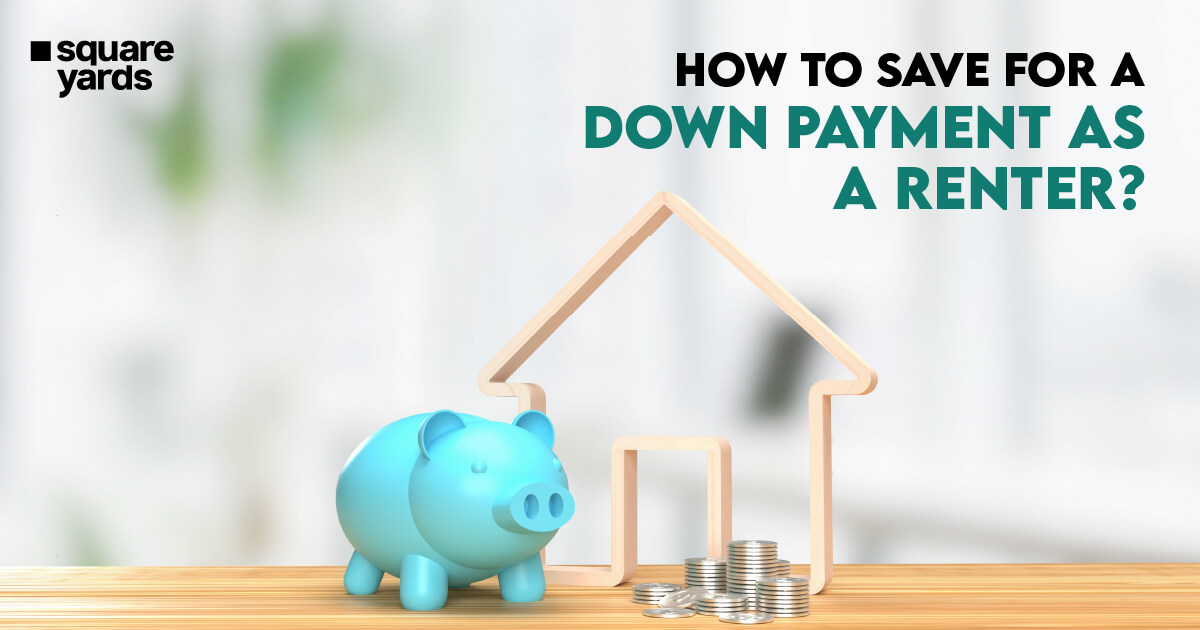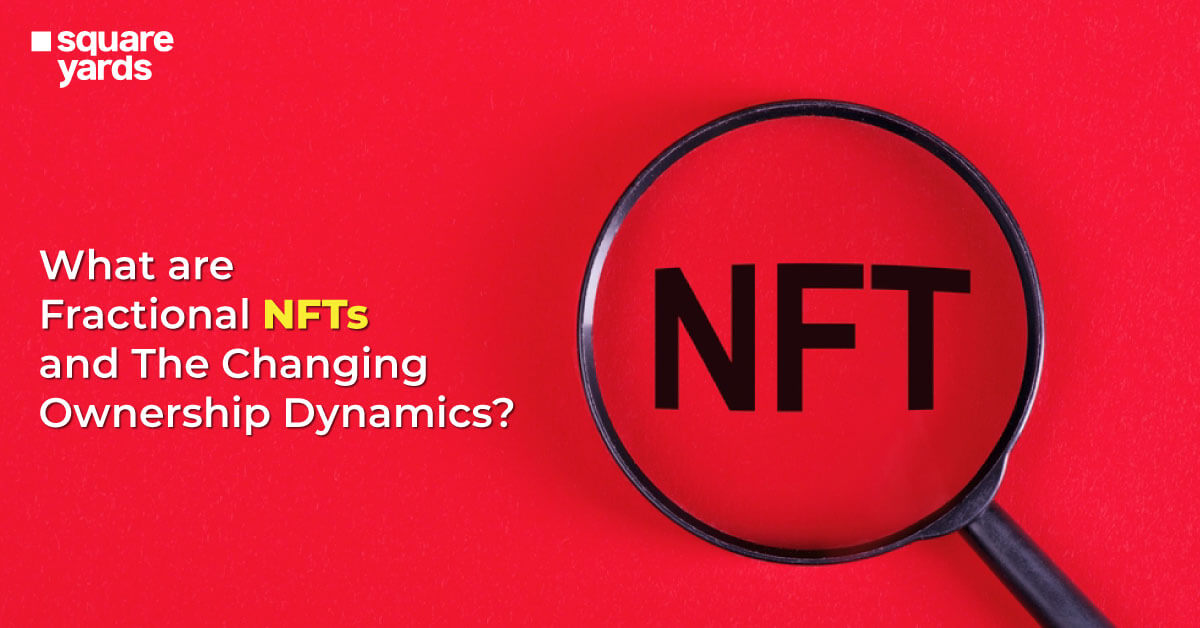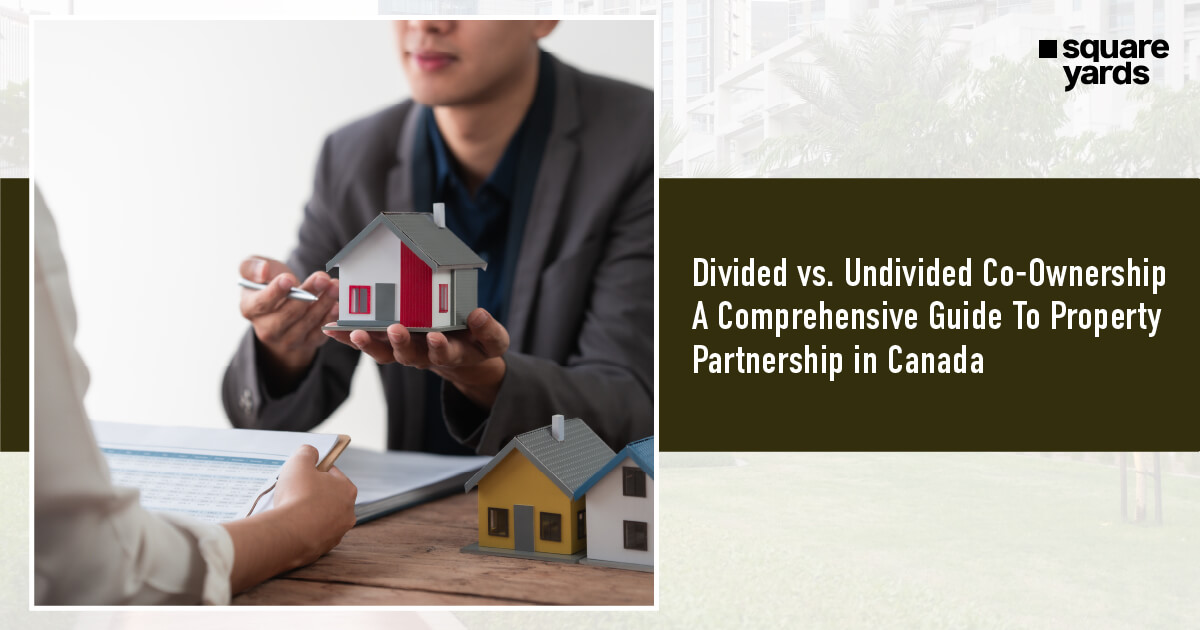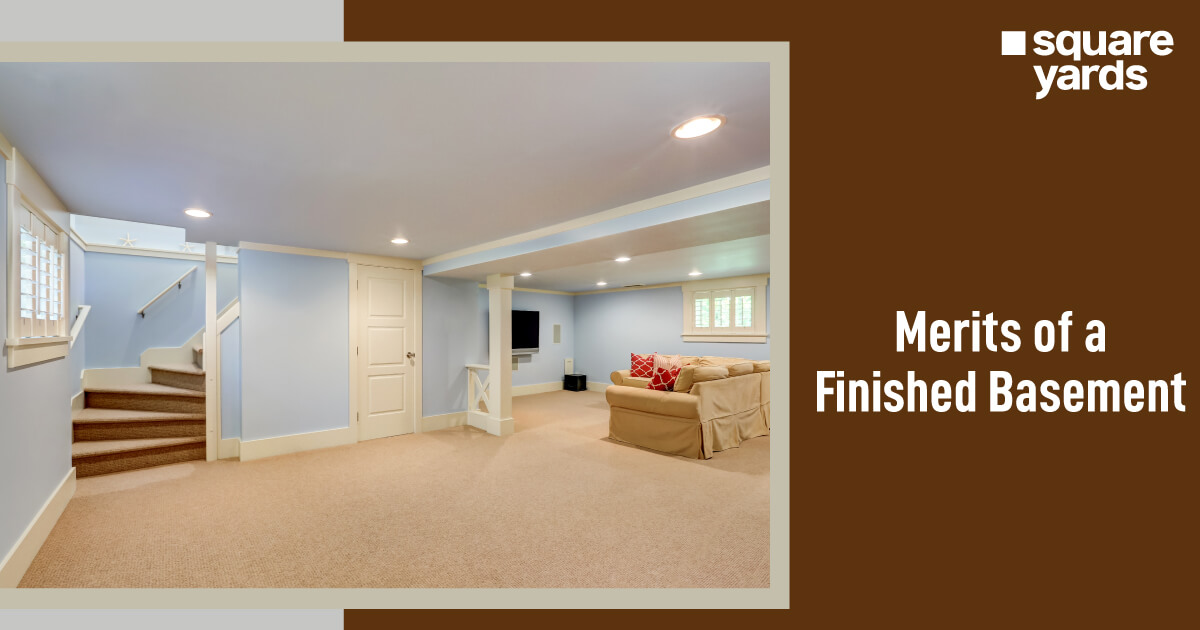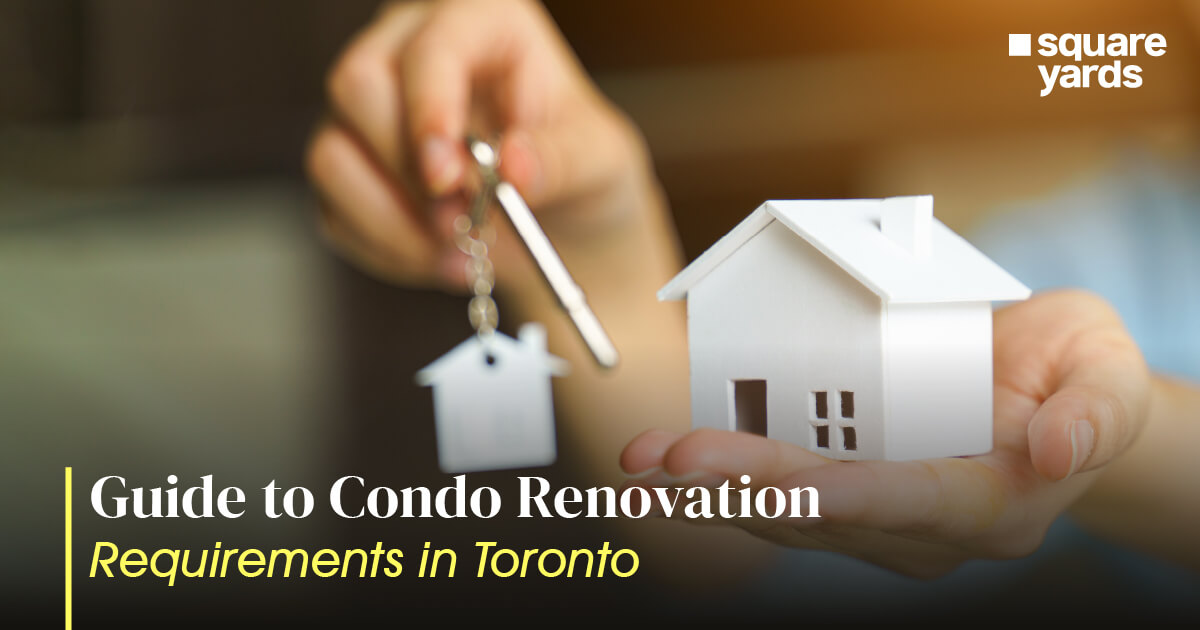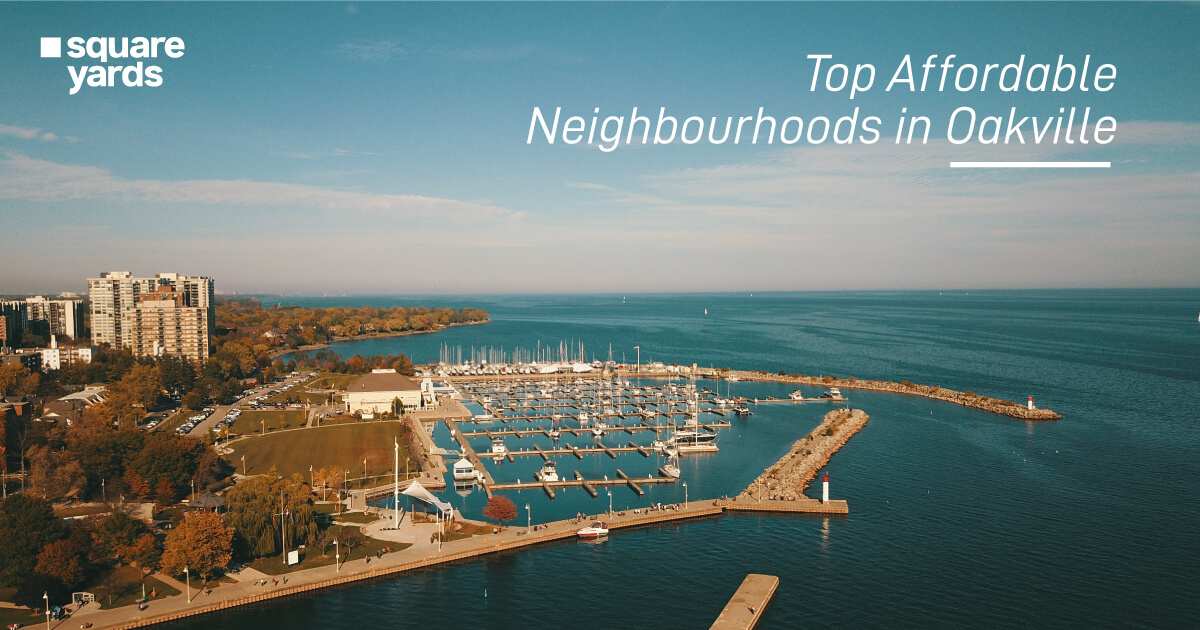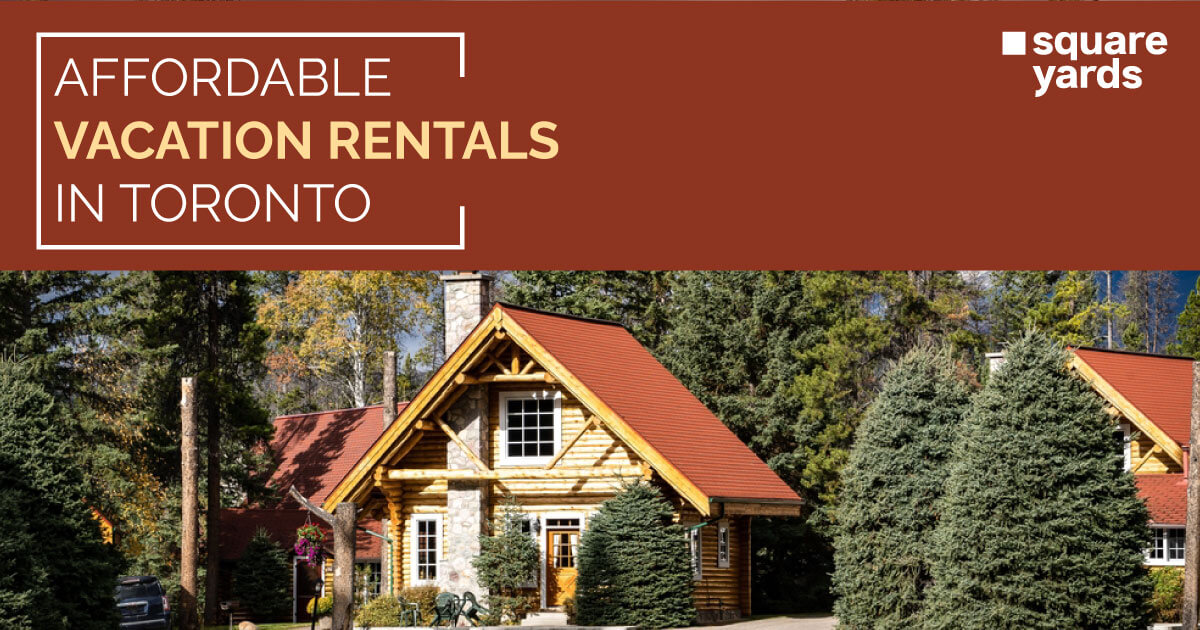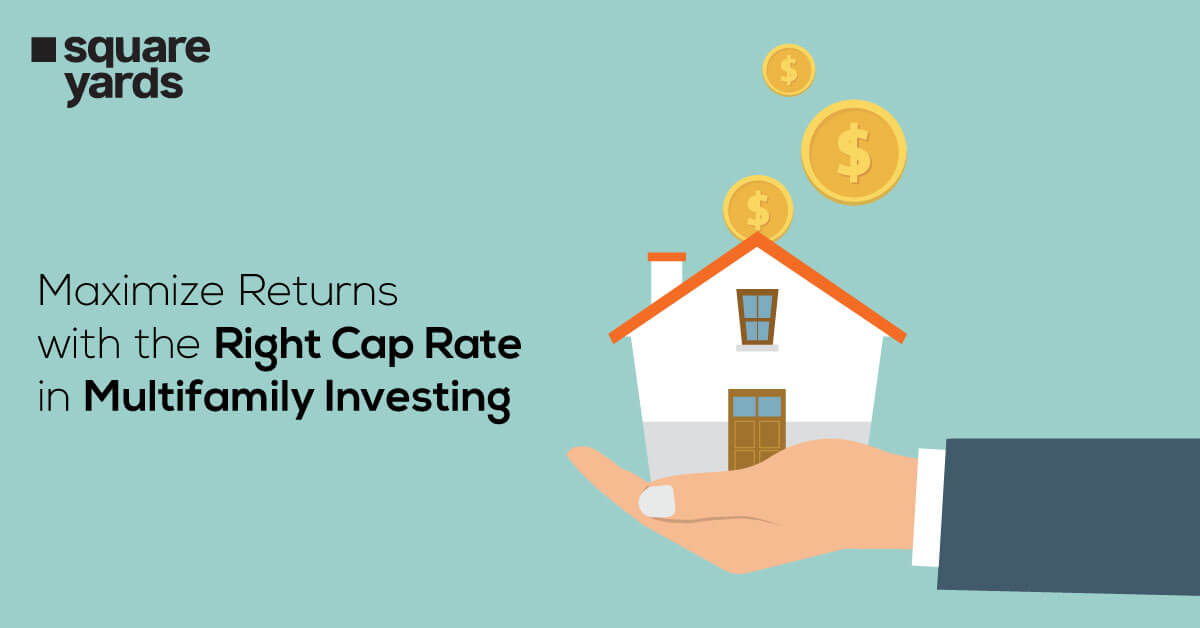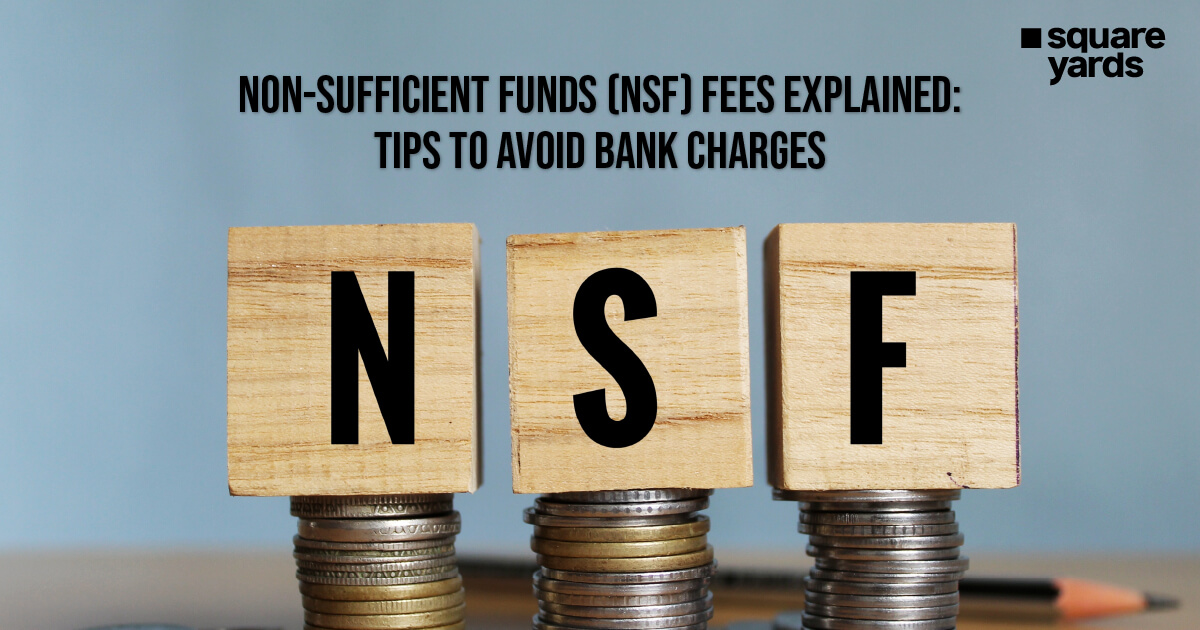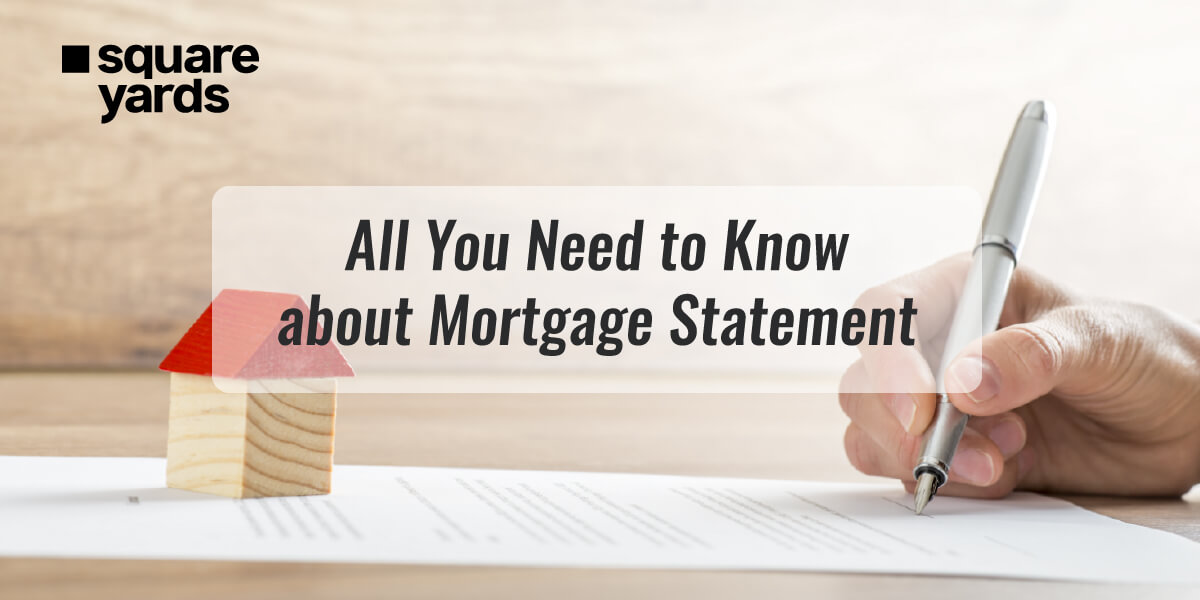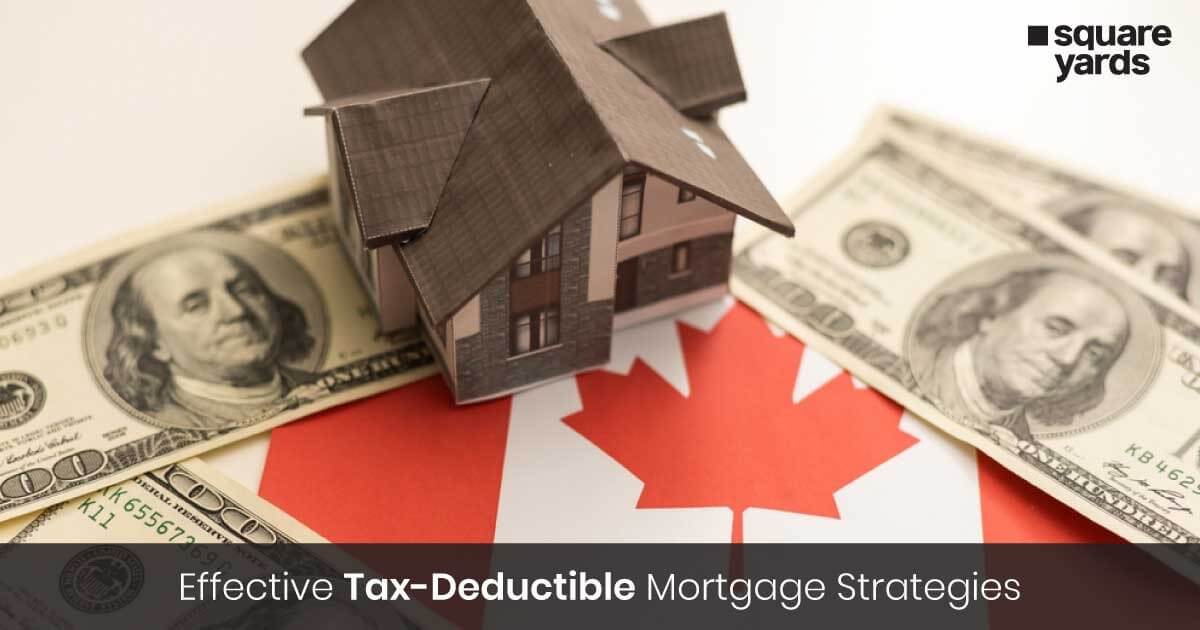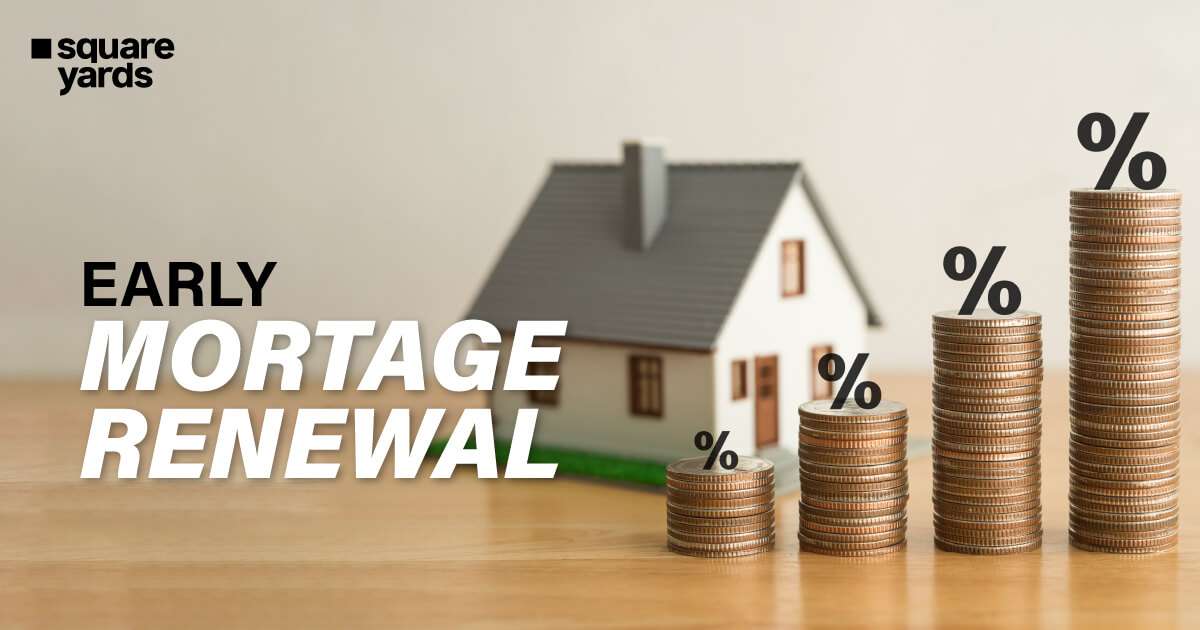Trying to save for a down payment on a house while renting can seem extremely difficult. The continuously increasing rental costs make it feel like you’re stuck in a never-ending loop of paying off someone else’s mortgage. In Canada, the average rent for a two-bedroom apartment is around $2,150, and these numbers keep going up every year. It may seem like a hopeless situation, but don’t lose heart just yet! There is indeed a glimmer of hope. Yes, you heard it correctly!
Building a down payment fund while renting is not only possible but entirely within your reach. In this post, we will guide you through practical steps and effective strategies to help you save for a down payment and turn your dream of homeownership into a reality. So, take a deep breath and let’s dive into the world of smart financial planning that will pave the way to your future home.
Top 5 Down Payment Saving Tips to Try in 2023
Looking for first time homebuyer down payment tips as a renter? Discover the top five expert-recommended tips that will help you build your down payment fund.
-
Tip 1: Track Your Spending to Boost Down Payment Savings
Before you can begin your money-saving journey, it’s important to have a clear understanding of how you’re spending your money. This involves closely monitoring and analysing your expenses to identify where exactly your money is going each month.
A practical approach is to create a spreadsheet or use a mobile application to keep track of all the money coming into your account, including your income from various sources. Simultaneously, record all your expenses, categorising them into different sections such as rent/mortgage, utilities, groceries, transportation, entertainment, and so on.
To gain a comprehensive understanding, it’s advisable to continue this practise for a few months. By doing so, you’ll be able to identify patterns and trends in your spending habits. This detailed analysis will shed light on where the majority of your money is being allocated.
-
Tip 2: Establish Down Payment Savings and Automate Deposits
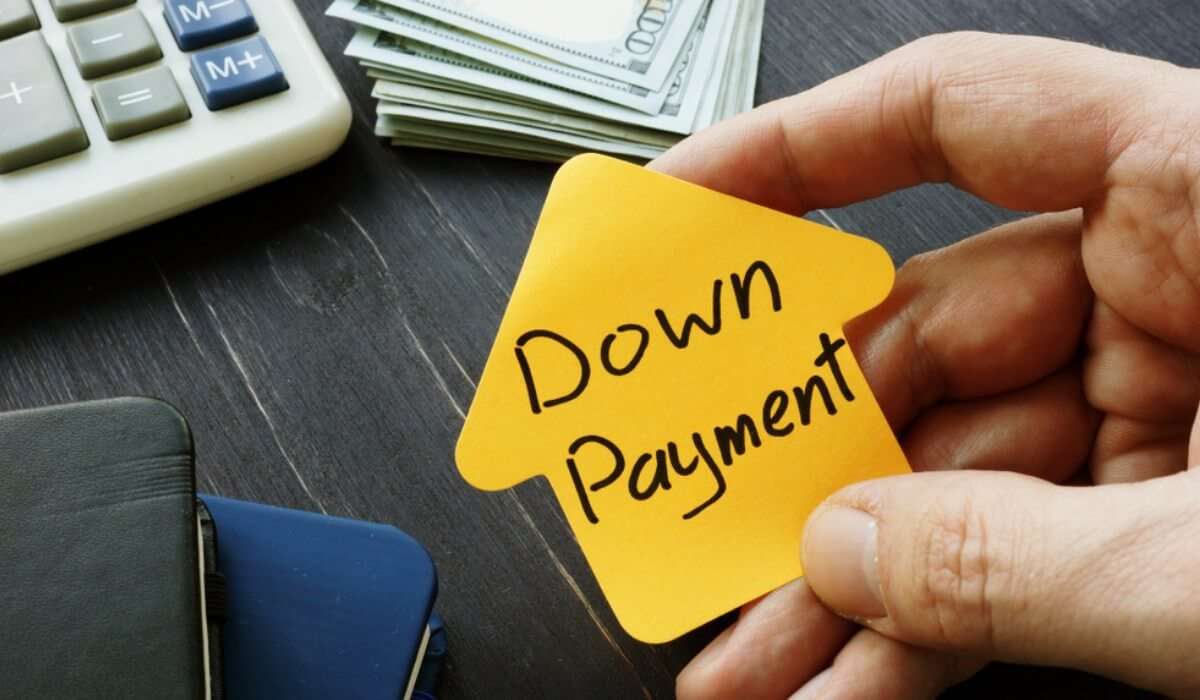
Having a dedicated savings account can be advantageous, as it prevents the temptation to use those funds for other expenses. Furthermore, numerous online payroll systems enable the inclusion of multiple accounts to receive your salary. It would be wise to configure such a system, ensuring a predetermined portion of your income is automatically deposited into this savings account every month. Consistently making deposits will aid in maintaining progress towards your goal of saving for a down payment.
Recently, the Government of Canada introduced the First Home Savings Account, exclusively designed for first-time homebuyers. This unique account allows you to accumulate up to $40,000 in savings, exempt from taxation, specifically earmarked for your initial home purchase. This initiative serves as an excellent tool for individuals striving to save for a down payment on their first home.
-
Tip 3: Develop a Budgeting Plan for Down Payment Success
Another down payment saving tip is developing a budgeting plan. Creating a budget empowers you to strategize your expenditures and effectively distribute your monthly earnings. By monitoring your income and expenses over a span of weeks, you can ascertain the appropriate allocation of funds between essential necessities and desirable indulgences. It is essential to establish a budget that accounts for non-negotiable expenses such as rent, utilities, groceries, and transportation, while also identifying areas where spending can be reduced in other aspects of your financial outlays.
-
Tip 4: Trim Expenses and Find Creative Saving Opportunities
When striving to accumulate funds for a down payment, every small contribution matters. Therefore, it is crucial to actively seek opportunities to reduce extravagant expenditures in your lifestyle. One approach is to explore the possibility of negotiating rates with utility providers and exploring cost-effective alternatives for certain expenses.
-
Tip 5: Explore Additional Income Sources and Declutter for Extra Funds

If you find it challenging to reduce expenses or desire to expedite the saving process, it’s worth considering the option of taking on a side job or selling unnecessary items that are occupying valuable space in your living environment. Online platforms offer numerous freelancing opportunities that provide the advantage of a flexible schedule while allowing you to earn extra income. By engaging in such endeavours, you can directly channel the additional earnings into your down payment savings, further propelling your progress towards homeownership.
Conclusion
Building a down payment on a house while renting requires a strategic and disciplined approach. By implementing the suggestions mentioned throughout this blog post, you can make significant strides towards saving for a down payment. It’s essential to resist the temptation to dip into your savings and remain focused on your goal. Consistent efforts to track your income and expenses, allocate funds wisely, and explore opportunities for additional income will surely contribute to the growth of your down payment fund.
You May Also Read :
| Guide To Toronto Property Tax | Toronto Property Tax |
| Know About Prohibition Act in Canada | Prohibition Act in Canada |
| Overview of First Home Savings Account | First Home Savings Account |
| How To Apply House Mortgage in Canada | House Mortgage in Canada |
Frequently Asked Question (FAQs)
The minimum down payment in Ontario is 5% of the purchase price.
To save while paying rent in Canada, consider creating a budget, prioritising essential expenses, negotiating utility rates, exploring cheaper alternatives, cooking at home, selling unwanted items, and taking on a side job. Small adjustments and careful planning can help you accumulate savings even while covering your rent.
A 10% down payment is not necessarily bad, but it depends on the specific circumstances. It can be a reasonable option for some homebuyers, while others may aim for a higher down payment to potentially secure better financing terms. Ultimately, the decision should align with your financial goals and capabilities.
The disadvantages of a larger down payment include tying up a significant amount of cash, potentially leaving you with less liquidity, and limiting your investment opportunities. It may also lead to missed opportunities for other financial goals. What is the minimum down payment in Ontario?
How do you save while paying rent in Canada?
Is a 10% down payment bad?
What are the disadvantages of a larger down payment?

